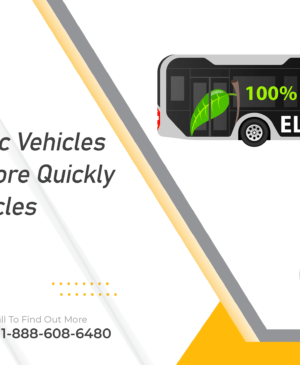HARDISON’S TIPS – APRIL 14, 2021 – SELLING An EV VEHICLE TO A CUSTOMER
The process of buying a vehicle is a complex, highly involved consumer decision (Solomon 2014). A vehicle is one of the most expensive purchases made by individuals or households, often equal to many months or even years of income, and will last for many years. As a result, consumers perceive the decision to be a relatively risky one and will strive to ensure a “safe” decision so that they are not stuck with a poor purchase choice for years to come. In general, consumers want vehicles that are affordable, safe, reliable, and comfortable for travel and meet many practical needs, such as getting them to work, school, stores, and recreation and vacation areas. Some also want vehicles to meet their psychosocial needs; for example, vehicles can serve as status symbols that represent one’s success or self-image. For all these reasons, consumers generally will undertake lengthy research into their options to ensure a good choice that satisfies all their various needs.
Plug-in electric vehicles (PEVs) must compete effectively with internal-combustion engine (ICE) vehicles in meeting consumer needs. However, PEVs, many of which are in their first generation of deployment, add complexity and uncertainty to the consumer’s multistep and potentially time-consuming process of purchasing a vehicle. Under conditions of uncertainty and perceived risk, consumers tend to gravitate to the known and familiar. That observation is well-documented in the literature, particularly in Daniel Kahneman’s (2013) work, Thinking Fast and Slow, which spurred much recent work in behavioral economics. Because innovative products require a higher degree of learning than existing products, the effort customers must put into the decision process is greater than for more familiar products. To unseat incumbent technologies, the new technology must offer advantages and benefits sufficient to offset any price differential and the perceived risk and uncertainty of purchasing an innovation (Aggarwal et al. 1998). Thus, the committee emphasizes that consumer considerations loom large for the deployment of PEVs in the nation’s transportation mix, and understanding consumer perceptions, knowledge, and behavior are key to crafting viable strategies for successful commercialization of PEVs.
This chapter begins with a general discussion of models of adoption and diffusion of innovation. It presents evidence on how new technologies are adopted by various categories of customers and discusses the factors that affect the pace of adoption and diffusion of a new technology through society. Next, the chapter discusses consumer demographics and evaluates the implications of that information and other factors that affect adoption and diffusion of PEVs. The chapter then reviews what motivates the purchases of mainstream consumers and possible barriers for their adoption of PEVs. Next, the chapter reviews strategies for addressing consumer concerns and describes government efforts to familiarize the public with PEVs. Throughout the chapter, at the conclusions of the various sections, the committee highlights relevant findings. Recommendations for addressing consumer perceptions (or misperceptions) and barriers to adoption are presented in a section dedicated to overcoming the challenges. The committee notes that the chapter focuses primarily on private (individual) new vehicle buyers, who are responsible for about 80 percent of all new vehicle purchases. Fleet sales, which average 20-22 percent of the U.S. market (Automotive Fleet 2013), are addressed at the conclusion of this chapter.









